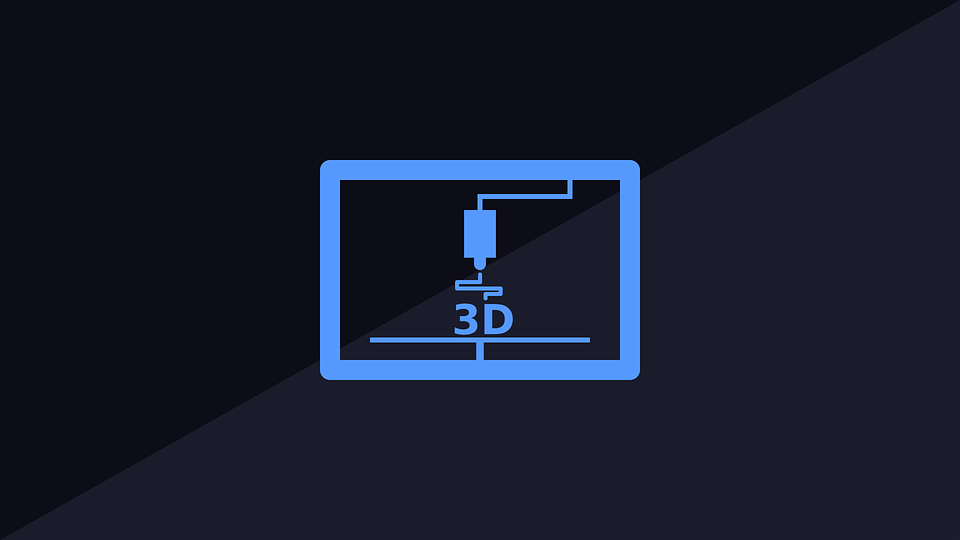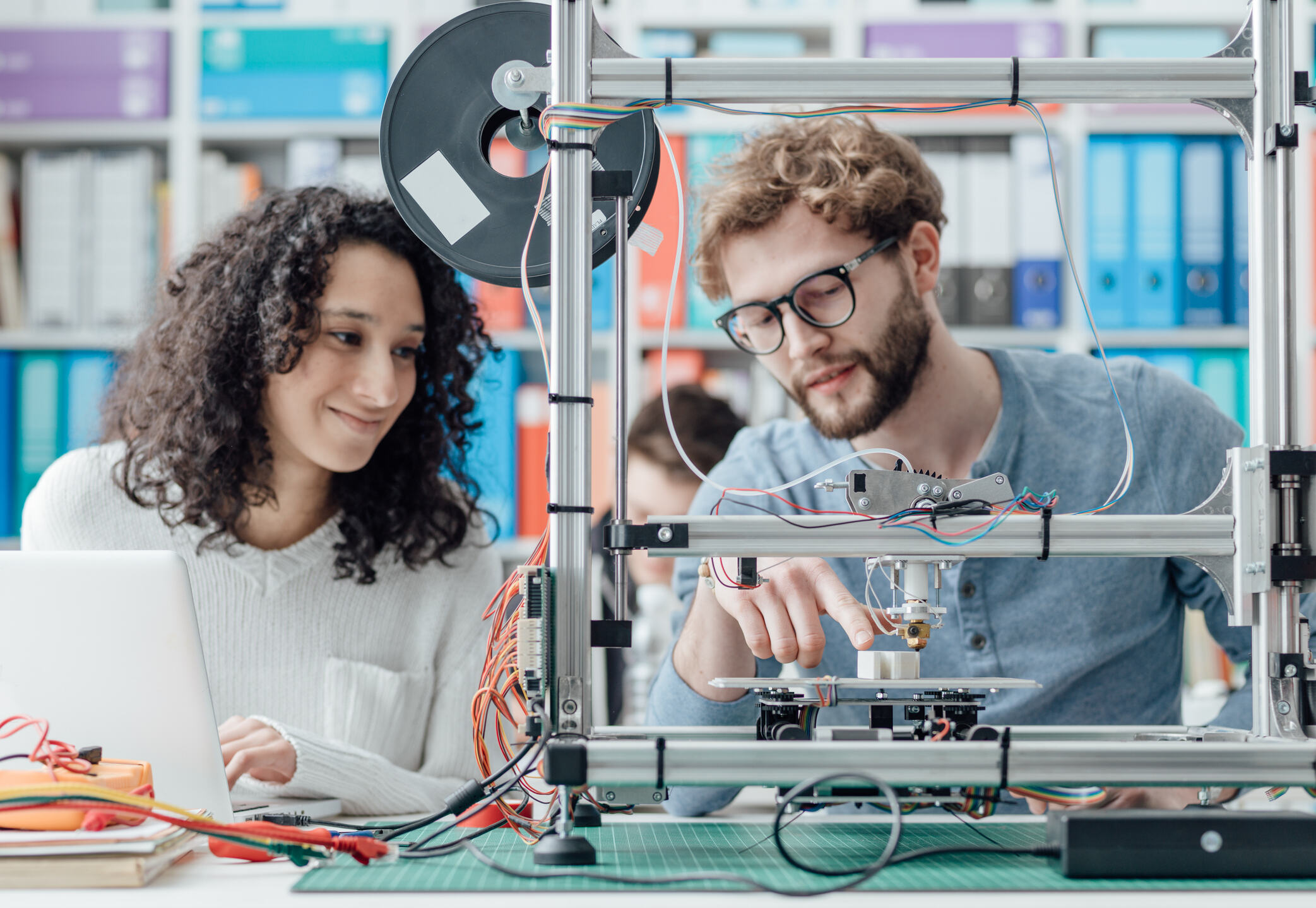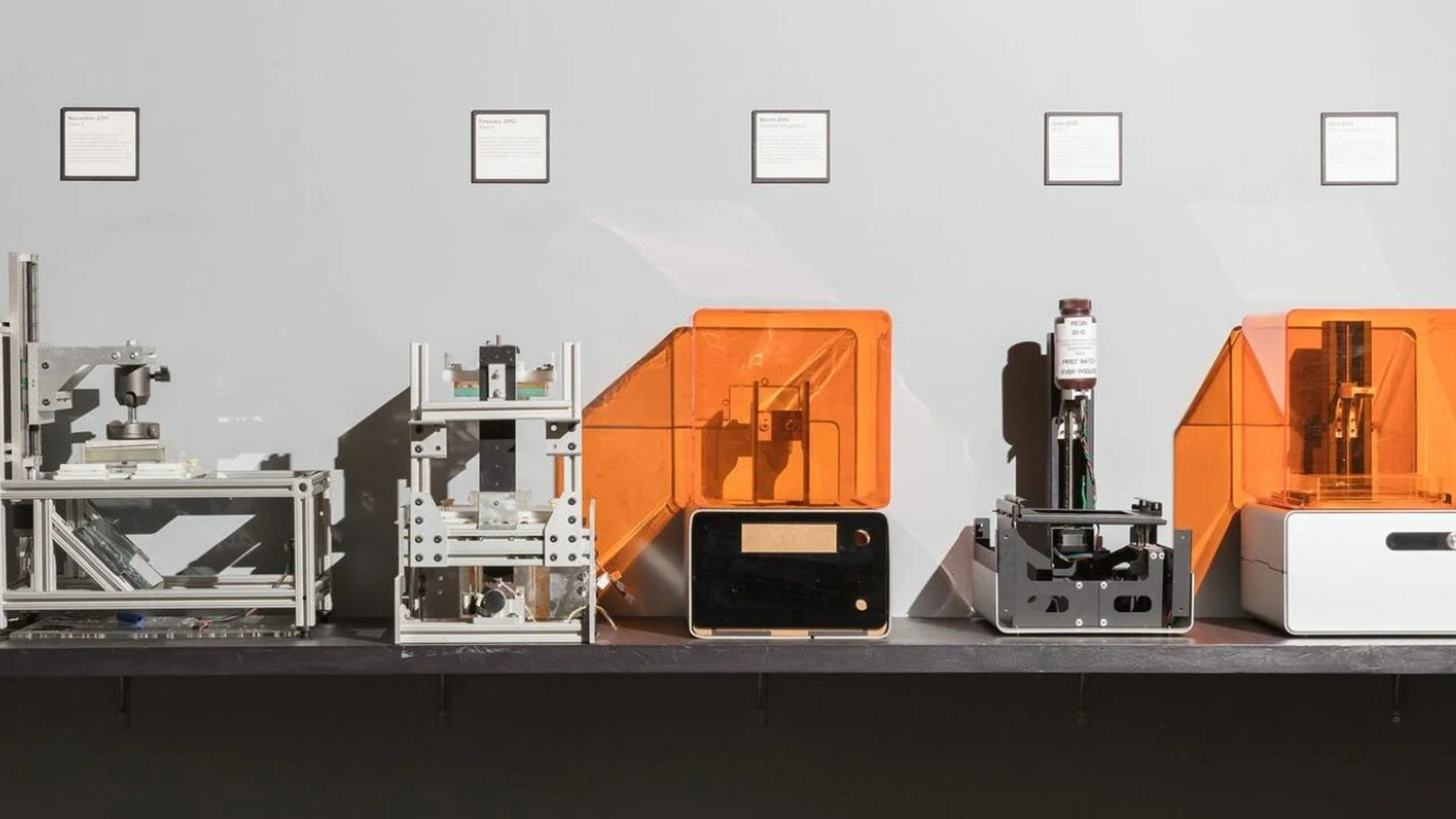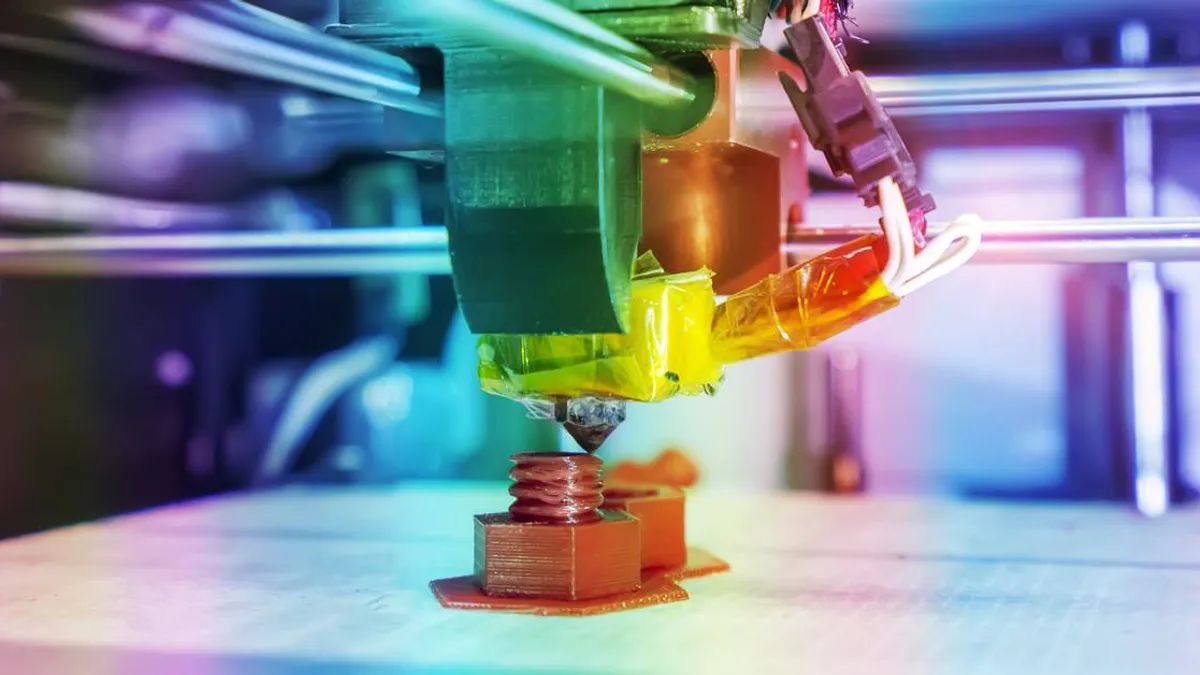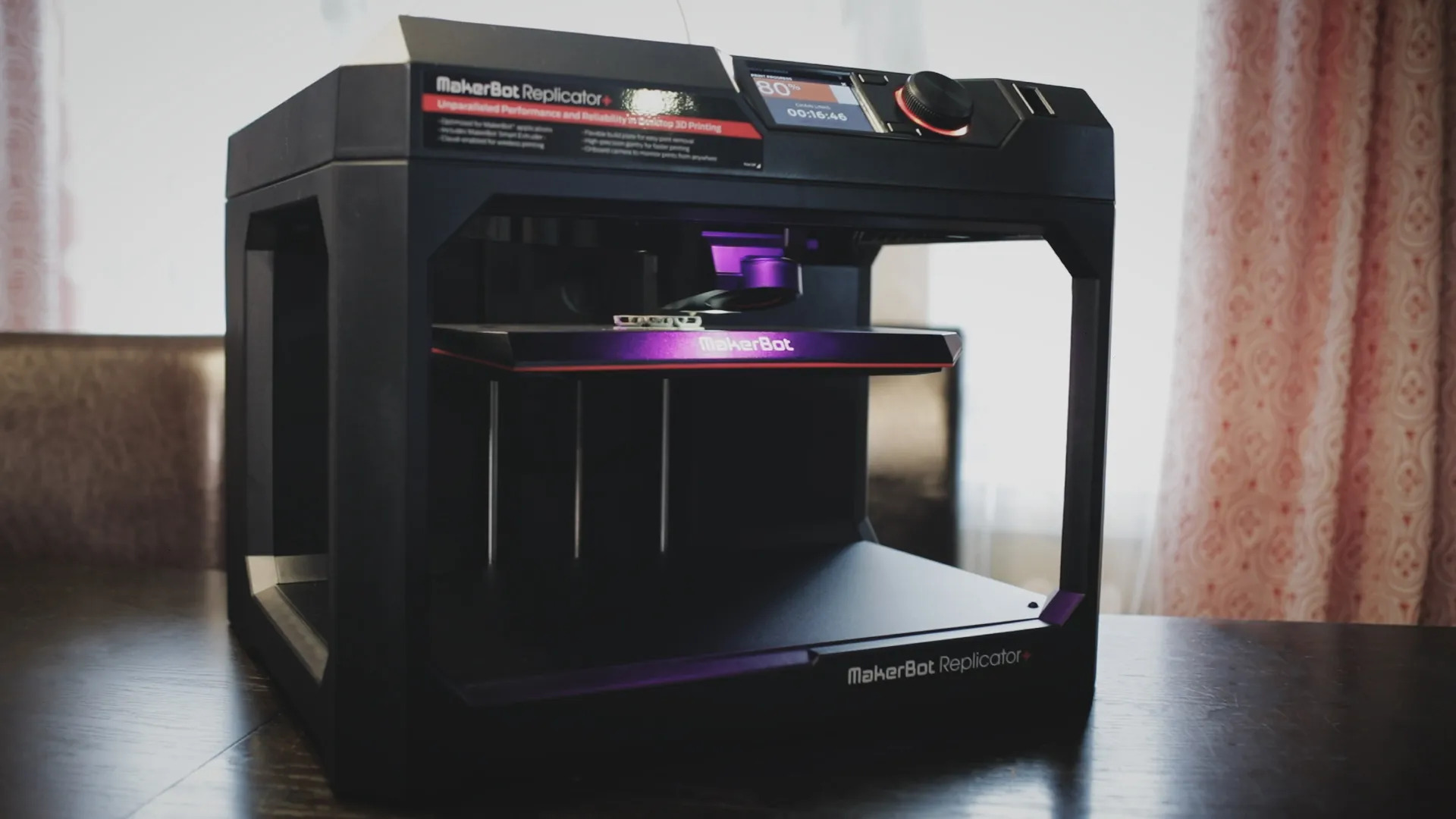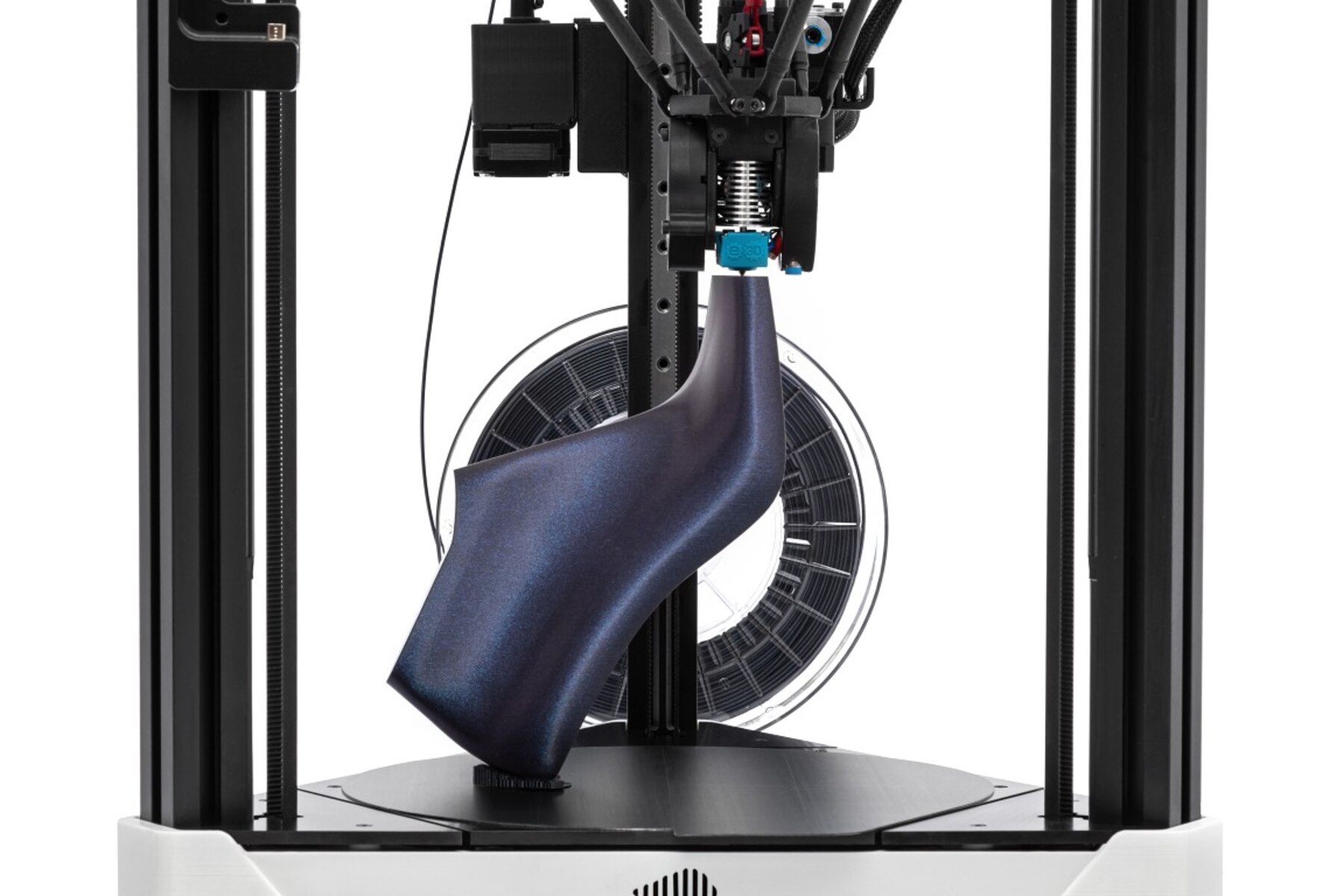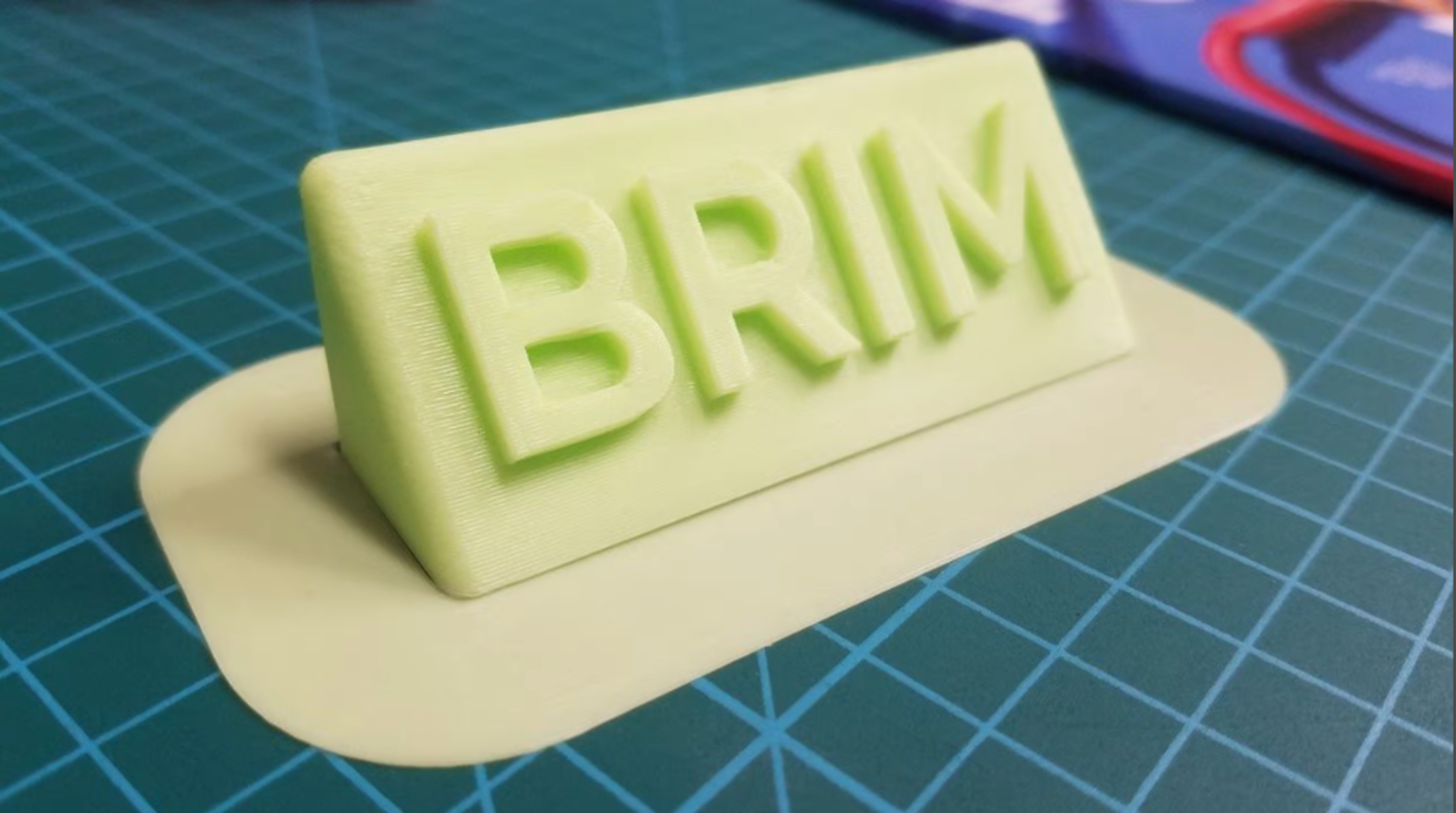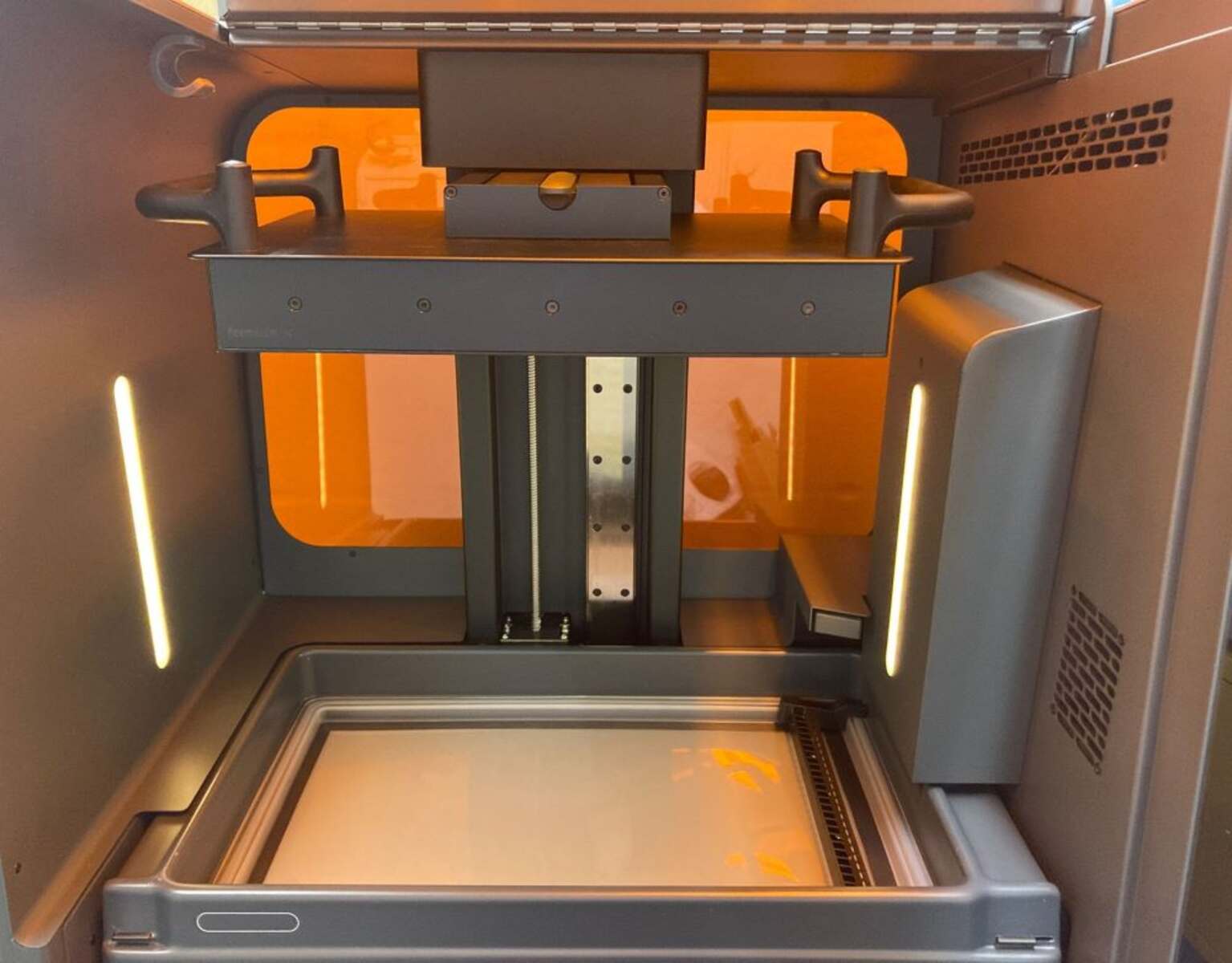Remember that time when we thought we could not immediately recreate ideas that we formulated through our computers? Then multiple innovations in science & technology gave birth to 3D printing. Through this breakthrough, we are now able to create items from our computers and into reality.
Imagine creating a sculpture but instead of going through the process, you can now design it and then machines will print it for you.
3D printing sees use in multiple industries and aims to make tasks faster. You can see 3D printing being used in space, research labs and also when creating collectibles. However, the best use of 3D printing has to be the creation of prototypes that scientists can conduct tests.
Such an example is when the scientists at MIT have designed a malleable mesh. This material turns from a flat material and into the outline of a human being as seen in the article published by news.mit.edu.
This breakthrough now gives us a look into the future of materials we’ll be using in our day to day lives.
3D Printing Materials Of The Future
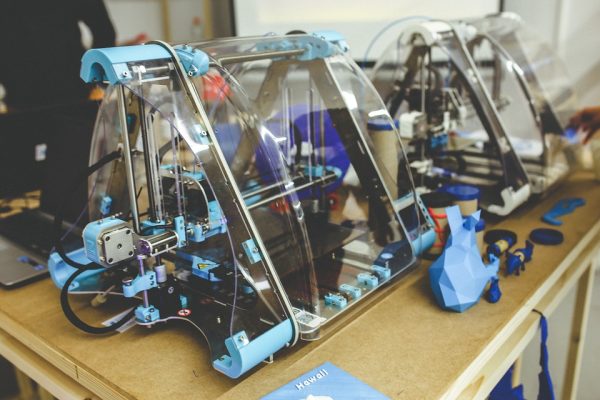

What does this mean in terms of a bigger landscape? Well, this means that we’ll be seeing this material on deployable structures as well as scaffolding for artificial tissues. This is a breakthrough if it indeed leads to shape-shifting tents that adjust to the temperature outside. Also, this material has the potential to be a big help in the medical industry.
One assistant professor for MIT, Wim van Rees argues that this breakthrough will be of use in robotics. Rees wants this material to be incorporated into numerous projects and has the potential to even be an actuator. Prototypes to potential artificial muscle and tissue that could be used in the field of robotics.
Van Rees and his colleagues will publish their findings soon and will talk about how they came up with a malleable flat material. This is after Professor van Rees’ theoretical design from a couple of years ago regarding transforming materials. Comparatively, 4D researchers have only managed to transform materials into simple shapes.
Van Rees and His Theory
Wim van Rees and his colleagues focused on the expansion and contraction of these materials. They came up with a formula and van Rees went to work and test out his theory. Through numerous testing, it will be hard to come up with a solution unless the materials they use have no physical boundaries.
They claimed that replicating their theory is like wrapping a ball, to get the desired shape you need to contract and expand the wrapping paper. To get the double curvature shape, van Rees tried it with mesh. Then, they printed a sheet from a rubbery compound that expands and contorts depending on the temperature. The team is currently looking to apply their material to harder materials. There are still no results from this experiment involving this material’s application to sturdier products.
It is exciting to know the results of this study by van Rees and his colleagues. Maybe, this will be the future of aeronautic materials and even in the field of robotics.







